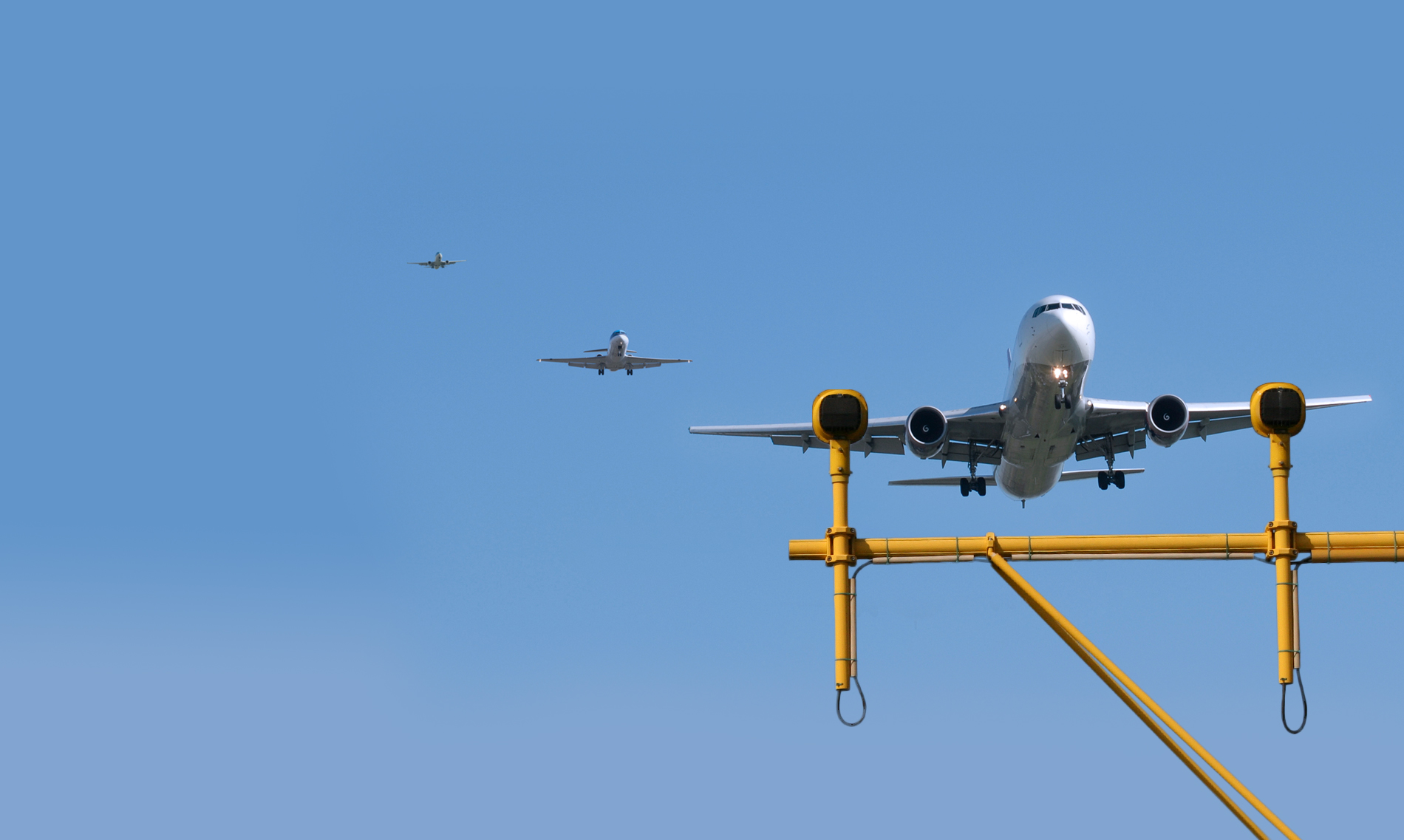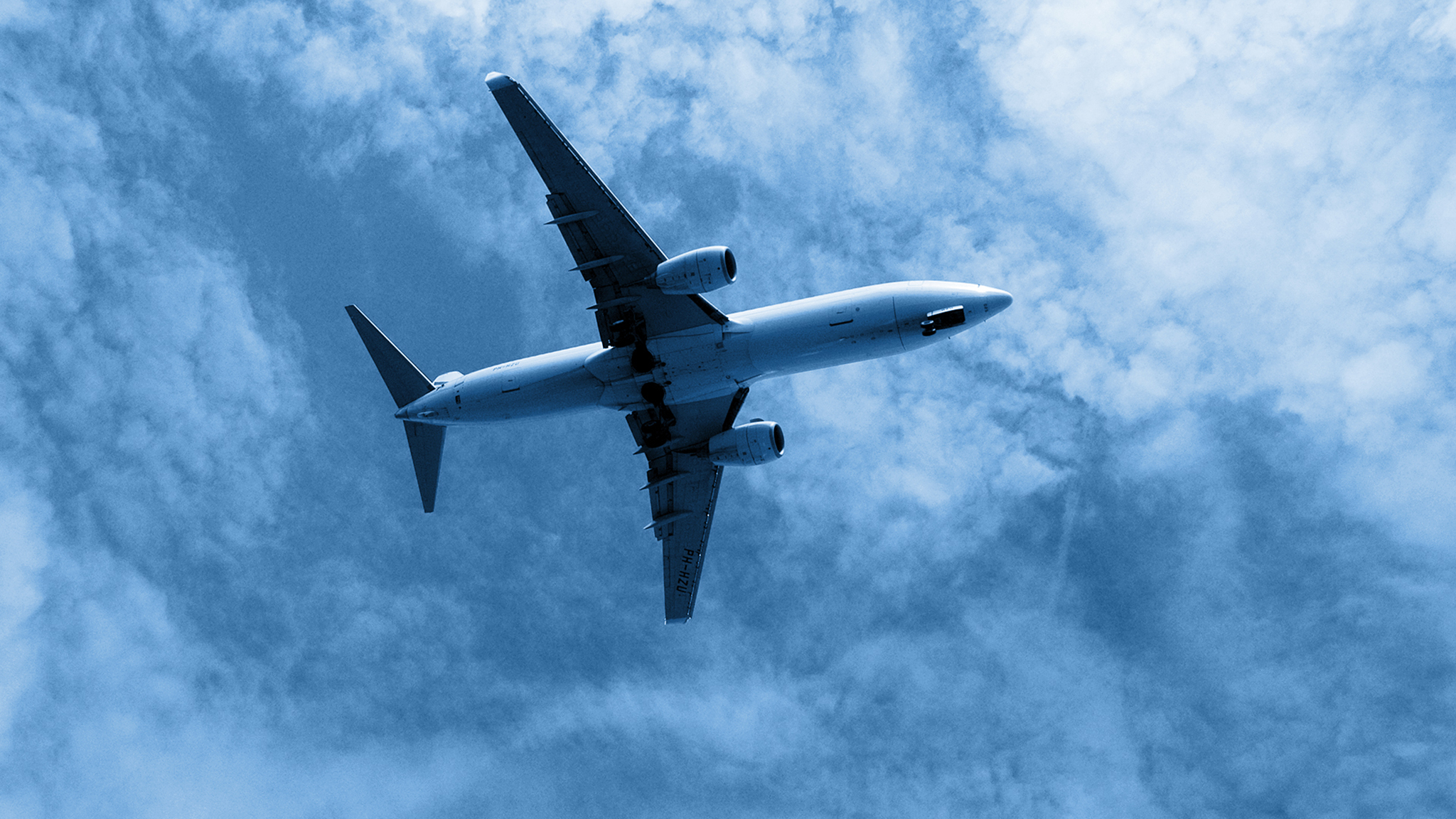The legal framework for aircraft noise in the Netherlands is based on calculations. The advantages of calculations are predictability and fairness. Predictability helps with planning operations, providing clarity on noise pollution beforehand. Fairness stems from the uniform method of calculation.
Standards for noise measurements provide a guarantee that the measured noise level has an accuracy of 1 dB if the correct equipment is used under the right weather conditions. The result of the noise measurement can therefore have a variation of ± 0.5 dB. For airports like Schiphol with more than 450,000 flights per year, a difference of 0.5 dB in the annual noise pollution results in an uncertainty margin of at least 55,000 flights. This uncertainty margin does not occur with noise calculations. Moreover, every flight movement can be part of the calculation, unlike measurements, which cannot guarantee the accuracy of 1 dB under all weather conditions.
NLR believes that measurements are important. Measurements can be used to test the results of calculations against reality. The calculation methods used must be able to accurately predict an increase or decrease in noise pollution and include the elements that realistically represent the use of new flight procedures or new engines, so that quieter flying is fairly rewarded. Measurements can be used to demonstrate that a calculation model meets these requirements. As a knowledge organisation, NLR is committed to further improving noise calculation methods within the Netherlands and internationally.
For more information on measuring aircraft noise, please refer to the NLR publication NLR-TP-2014-037 on the subject of ‘measuring aircraft noise’.
About the author: Dick is an environmental advisor and project leader at NLR. He is a member of international working groups that improve and harmonise calculation methods for noise contours around airports.



